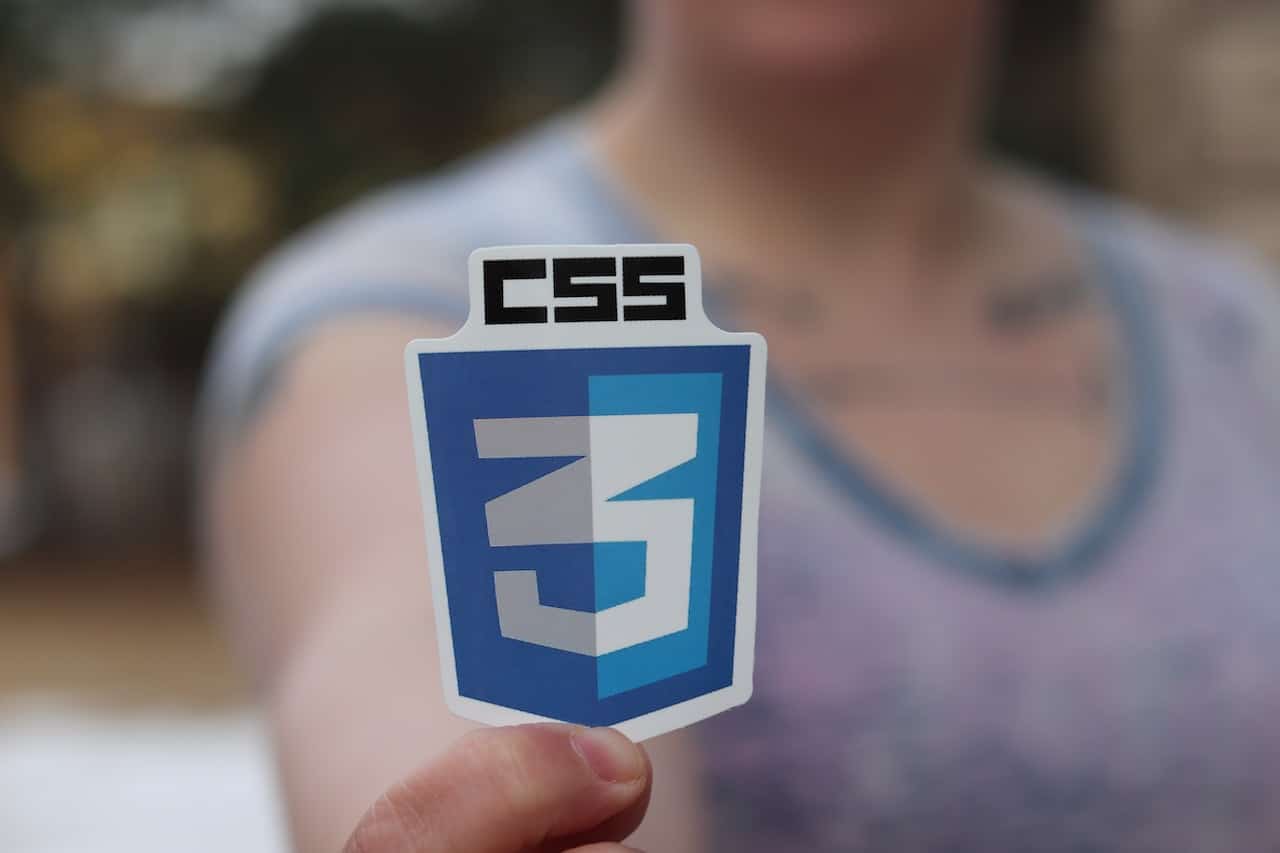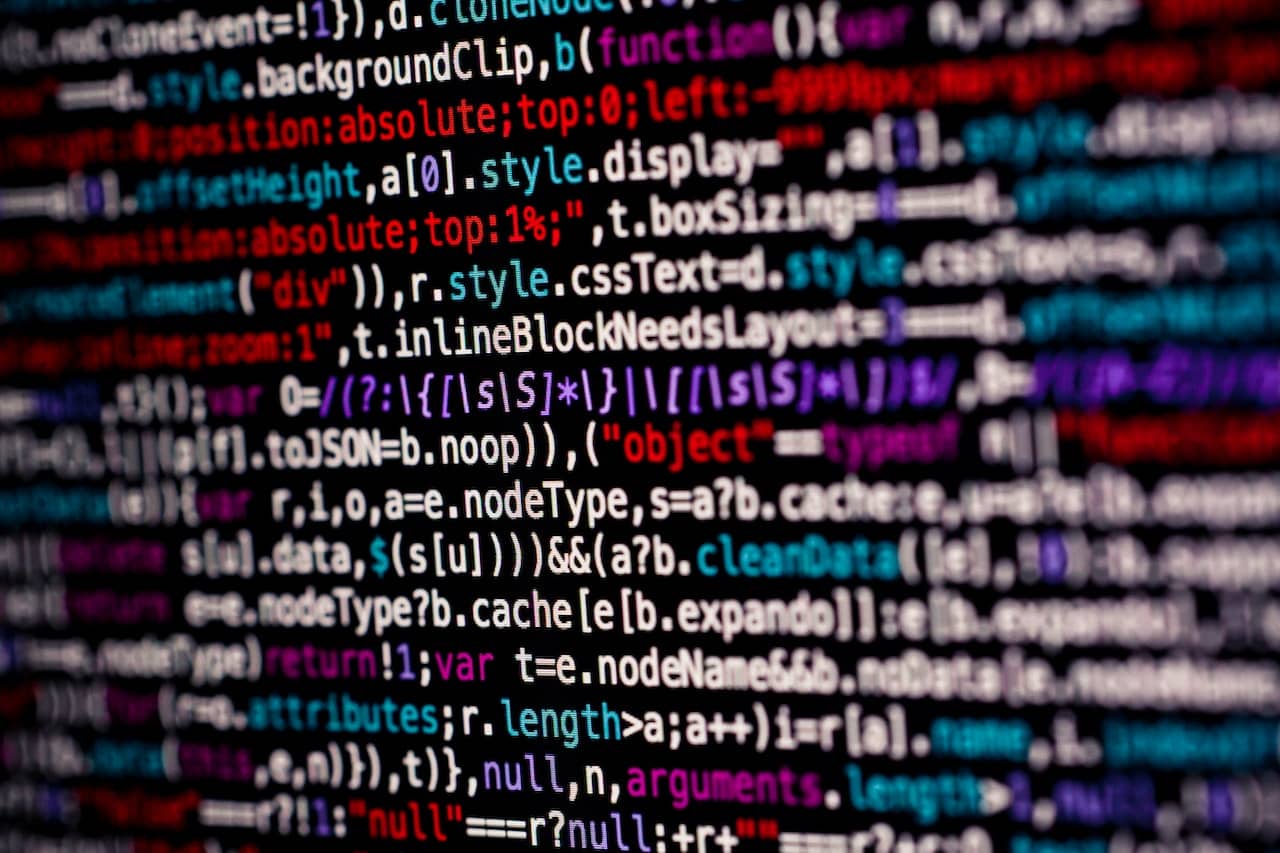While the quality of your website’s content must remain the priority, the way it is displayed on the various media will partly determine whether it will be well received or not.
Internet users are sensitive to the design and aesthetics of a site.
CSS is the ideal tool to enhance the content you produce, to transform your users’ experience.
Let’s take a look at how CSS3 works and exactly what it can do for your website.
What is CSS3?
CSS stands for Cascading Style Sheets.
These “cascading style sheets” are used to format web pages.
It’s a computer language used to modify the presentation of a web page.
When the Web was created, CSS didn’t exist.
Pages consisted solely of text, images and links, a far cry from the formatting we know today.
CSS standards were defined in the 1990s by the World Wide Web Consortium (W3C) and adopted by browsers in the 2000s.
CSS3 is quite simply the third version of the language. 
How does a web page work?
How the web page works
To put it simply, there are three types of elements in a web page:
- Content: information displayed to the user, articles, images, text…
- Structure: this refers to the way in which the web page is constructed and organized, with its headings, sub-headings, paragraphs, menus, blocks…
- Layout: determines how content is displayed on the page.
Is the menu fixed or drop-down?
What font and color are used for titles and text?
How are images displayed?
Are there animations when the mouse hovers over or clicks on an element?
To these three elements can be added user interactions (actions triggered by clicking on a button, on an area of the page, scrolling…).
These interactions are generally managed using the JavaScript programming language.
Web page structure and appearance
Let’s focus on the two elements that will determine the structure and appearance of your web page.
The structure of a web page, its skeleton, is built in HTML (HyperText Language Markup).
It must be meticulous, as it will partly determine whether your web page is accessible and whether it will be well referenced.
The HTML structure must enable a user to read and understand the content of the page, even if it is not formatted at all (if CSS is deactivated, for example).
CSS, on the other hand, defines the page’s appearance, design and user interface.
With CSS, you can specify the font, size and color of each title level, as well as the text paragraphs.
You can also create effects when certain elements are hovered over, add animations and make the use of the page and the user experience (UX) more pleasant.
Web page formatting with CSS3
CSS3 lets you define style rules.
These are used by browsers to determine how a particular element should be displayed on a web page.
Why use CSS3?
Quite simply because CSS allows you to clearly separate the structure of the page (defined using HTML) and its content from the way the page will appear on the screen.
So, with the same page structure written in HTML, you can adapt the display depending, for example, on the media for which it is intended.
By defining CSS rules, you’ll be able to display the same web page differently on a 4K TV, a computer screen, a table or a smartphone.
This is known as “responsive” display.
The page can be displayed on any type of terminal without any loss of information.
CSS goes even further, as it is possible to define rules that determine how a web page can be printed.
What appears on the screen will not necessarily be usable in the same form for printing.
It is therefore possible to reorganize the page so that it is usable for printing. 
Advantages and disadvantages of CSS3
Advantages of CSS3
CSS3 offers many advantages for the design and creation of web pages, provided of course that good development practices are followed (particularly in terms of accessibility).
CSS3 allows you to :
- Separate the content of the page from the way it will be displayed on the screen (this also enables clear separation of roles within a team, between design, integration and development for example).
- Adapt this display to the media used.
- Automatically apply styles to a large number of elements on a site, avoiding repetition and duplication of code.
- Simplify site maintenance and evolution.
- Make it easier to personalize web pages.
- Reduce the amount of data transferred, all the more so by using tools to minify CSS files, i.e. automatically remove all unnecessary characters such as line breaks or certain spaces in order to reduce file size.
Disadvantages of CSS3
The main drawback of CSS3 comes from possible incompatibilities between browsers.
In other words, a style that works perfectly with one browser may not work with another.
It is therefore possible to observe a difference between two browsers in terms of the appearance and behavior of a web page.
This is because browsers use different rendering engines (tools that convert CSS code to display the result).
CSS standards are defined by the W3C.
But not all browsers integrate them in exactly the same way.
Some even offer proprietary CSS features, which are not found in other browsers or in the W3C definitions.
What’s more, the most advanced CSS3 functionalities are only supported in the most recent browsers.
CSS3 code may be misinterpreted, or not interpreted at all, by older browser versions.
In this case, the rendering obtained will not be at all what was expected.
It is therefore essential, when developing a web page or a website in general, to identify and master the CSS3 code used according to the targeted browsers.
By relying solely on the most recent browser versions, you run the risk of cutting yourself off from part of your potential audience.
As a result, numerous tests must be carried out on different browser versions throughout the development process.
CSS3 or JavaScript?
JavaScript is a programming language commonly used in web pages to manage interactions with users.
It is natively understood by browsers, making it easy to use.
Thanks to JavaScript, the page is more “alive” and the user experience greatly enhanced (even if it doesn’t have to be based solely on JavaScript).
JavaScript and CSS3 are two very distinct languages, with different objectives.
In the past, many web page animations were created in JavaScript.
Of course, this required a mastery of the language, which is far less accessible than CSS.
JavaScript is a complete programming language requiring a long learning curve, much longer than CSS.
On the other hand, JavaScript is much older than CSS and is therefore compatible with most browsers, even older versions.
The question of having to choose between CSS3 and JavaScript doesn’t arise after all.
These two languages are two complementary tools that, when properly combined, will offer users of your web pages a much better experience.
CSS will manage page layout and display on different media, while most interactions and actions will be handled by JavaScript.
To conclude on CSS3
CSS3 is an essential part of every website.
The quality of the CSS code used by your website will determine not only the satisfaction of your users, but also the ease with which the site can be maintained and upgraded.
By “simply” modifying the CSS code, you can totally alter the appearance of your website, changing its “skin” without changing its structure or core.
This makes it an invaluable tool!
Drawing on my experience in e-commerce, I can help you with the design and integration of your websites.
We’ll work together to determine the solutions best suited to your needs, so that you get a quality end product.
Please don’t hesitate to contact me to discuss your projects.


